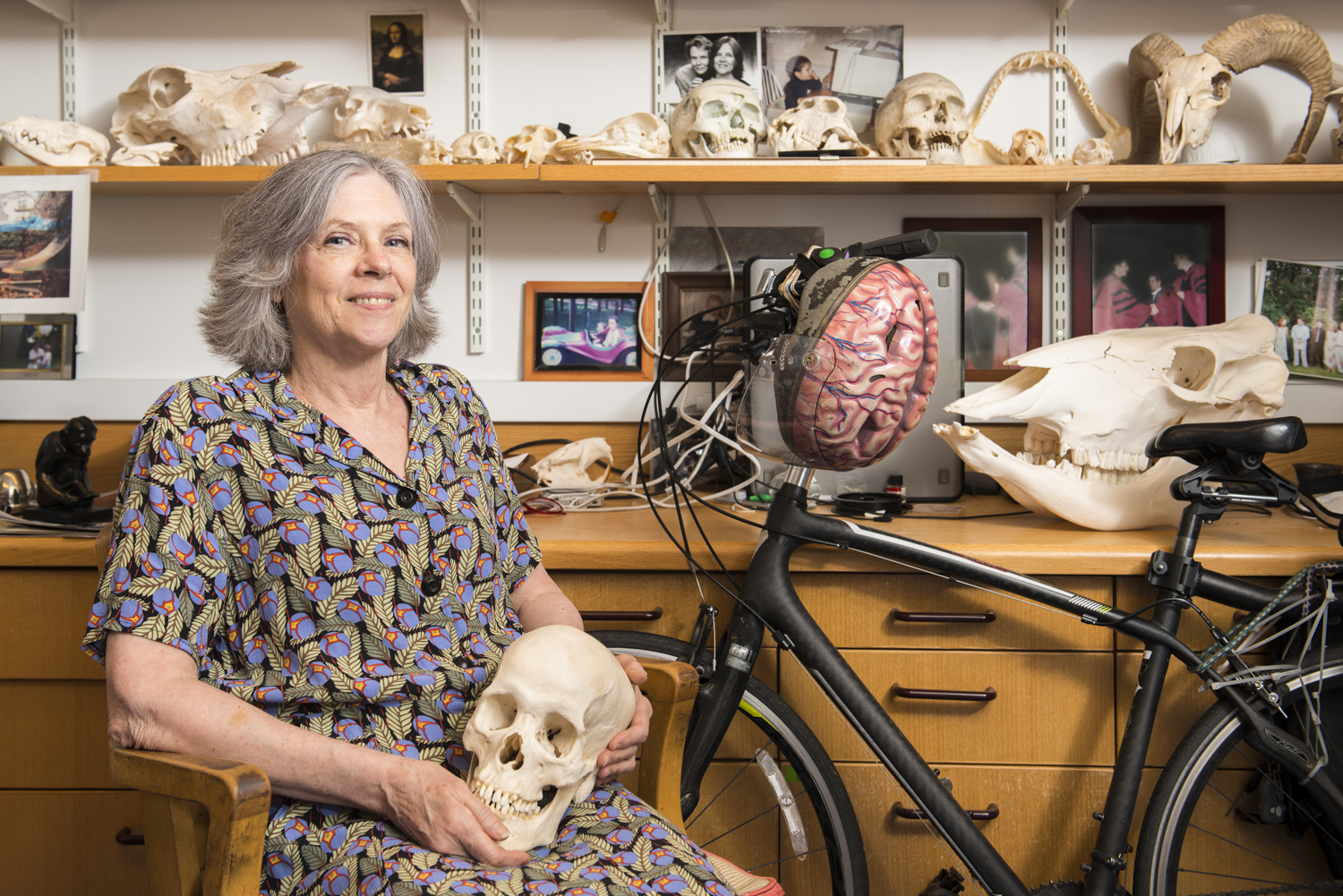
We have long been interested in how tuning properties of individual neurons can be clustered at a gross level in the brain. We began by looking at the parallel processing of different kinds of visual information, going back and forth between human psychophysics, anatomical interconnectivity of modules in the primate brain, and single unit receptive-field properties. We discovered an interdigitating and highly specific connectivity between functionally distinct regions in V1 and V2 differentially concerned with processing form, color, motion and depth (Livingstone and Hubel, 1984, 1987).
Doris Tsao and Winrich Freiwald used functional MRI to localize face processing regions in the primate brain, and then used functional MRI to target single-unit recording to these functional modules. We found an astonishingly high proportion of cells in these fMRI-identified regions to highly face selective (Tsao et al, 2006).
We then went on to characterize the tuning properties of this functional module, finding that face cells tend to be tuned to extremes of face parameters, such as intereye distance, eye size, etc Freiwald et al 2009). This finding suggests why caricatures are so effective in evoking identity.
Currently we are again combining functional MRI and single unit recording to explore the effects of early intensive training on symbol recognition.
